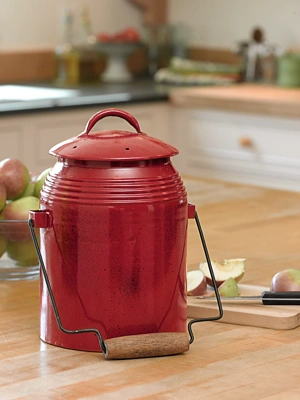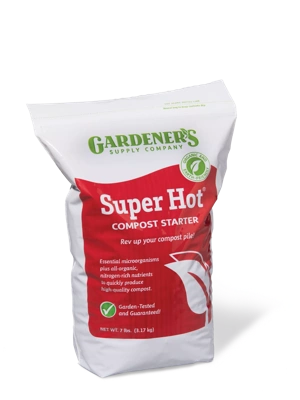Compost Your Coffee Grounds
 Coffee Grounds Make a Great Ingredient for Your Compost Pile Photo: Marco Verch
Coffee Grounds Make a Great Ingredient for Your Compost Pile Photo: Marco Verch Next time you order a latte at your favorite coffee shop, ask if they save the grounds from all the coffee they brew.
Next time you order a latte at your favorite coffee shop, ask if they save the grounds from all the coffee they brew.When I go to my local coffee shop, I often come out with more than a cup of coffee. Near the door, they have a bin with free bags of used coffee grounds. Like most avid gardeners, I find it impossible to resist free food for my garden!
In the spring, I spread handfuls of coffee grounds around my acid-loving plants—azaleas, blueberries, rhododendrons. The grounds are slightly acidic and besides helping to lower the soil pH, they foster the humus-rich soil texture these plants really love.
In late summer and fall, I dig coffee grounds right into the vegetable garden after removing early-season crops such as peas and spinach. In the winter, I add the grounds to my compost pile. They’re a good source of nitrogen at a time of year when that can be a little difficult to come by.
Browns & Greens
Efficient composting depends upon a well-balanced mix of ingredients, which generally fall into two categories: browns (high carbon), and greens (high nitrogen). The list below gives examples of both types of ingredients. The ideal ratio is 25:1 (brown to green) but most people find three parts brown and one part green works quite well. Remember to layer your ingredients, keep the pile moist (like a well-wrung sponge) and turn it occasionally to incorporate a fresh supply of oxygen for the microbes.
Compost Ingredients
Browns (3 parts)
- corncobs and cornstalks
- paper
- pine needles
- dry leaves
- sawdust
- wood shavings
- straw
- woody vegetable stalks
Greens (1 part)
- coir
- coffee grounds
- eggshells
- fruit trimmings
- vegetable peels
- fresh leaves
- grass clippings
- feathers
- hair
- seaweed
- fresh weeds
- rotted manure
- alfalfa meal
Last updated: 07/17/2023
Print this Article:
Related items
Get the Dirt
Stay up to date on new articles and advice. Please fill out the information below.








